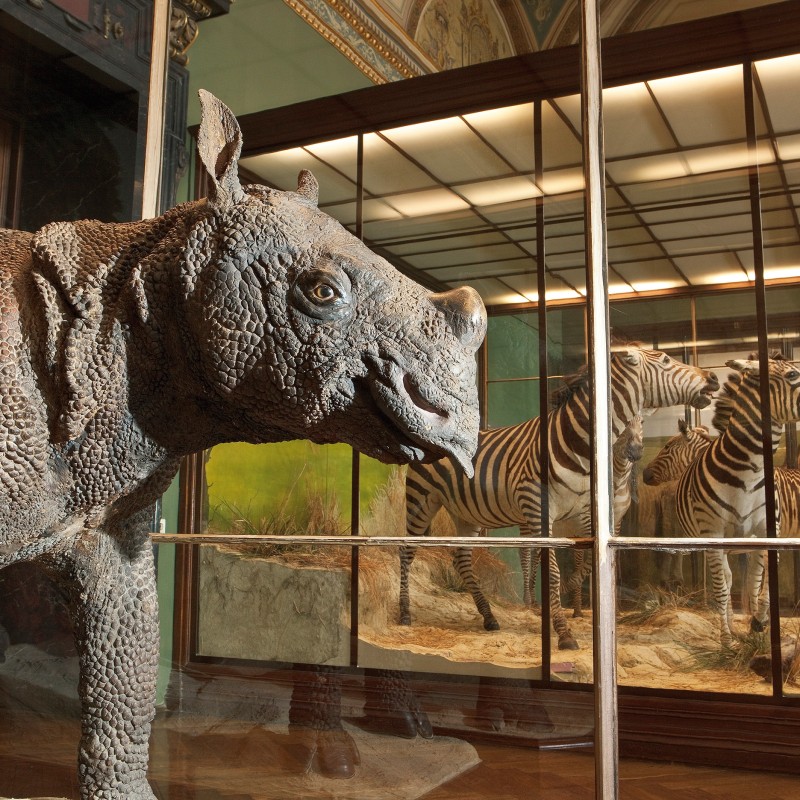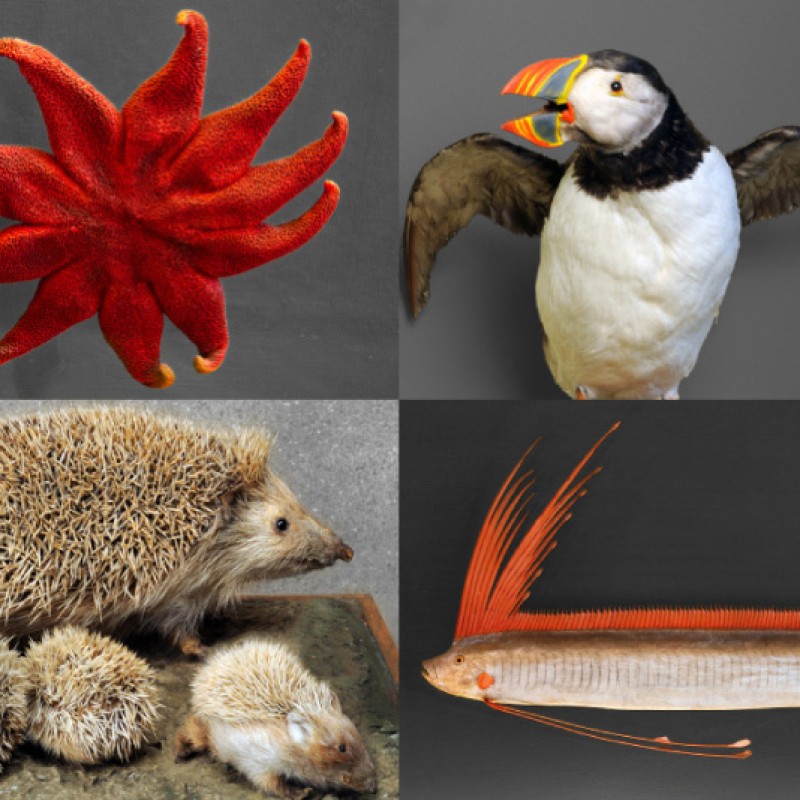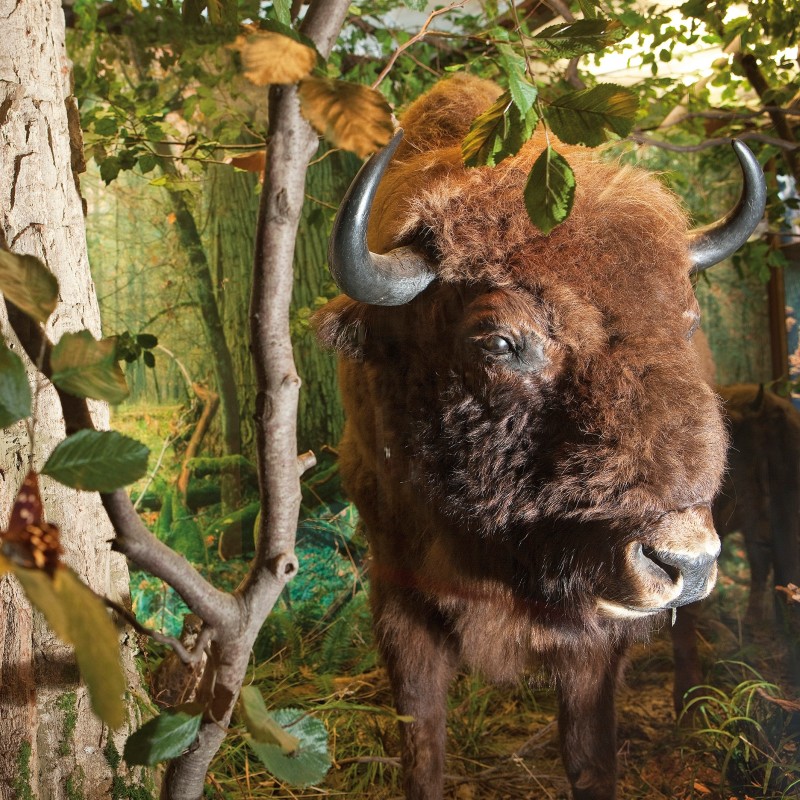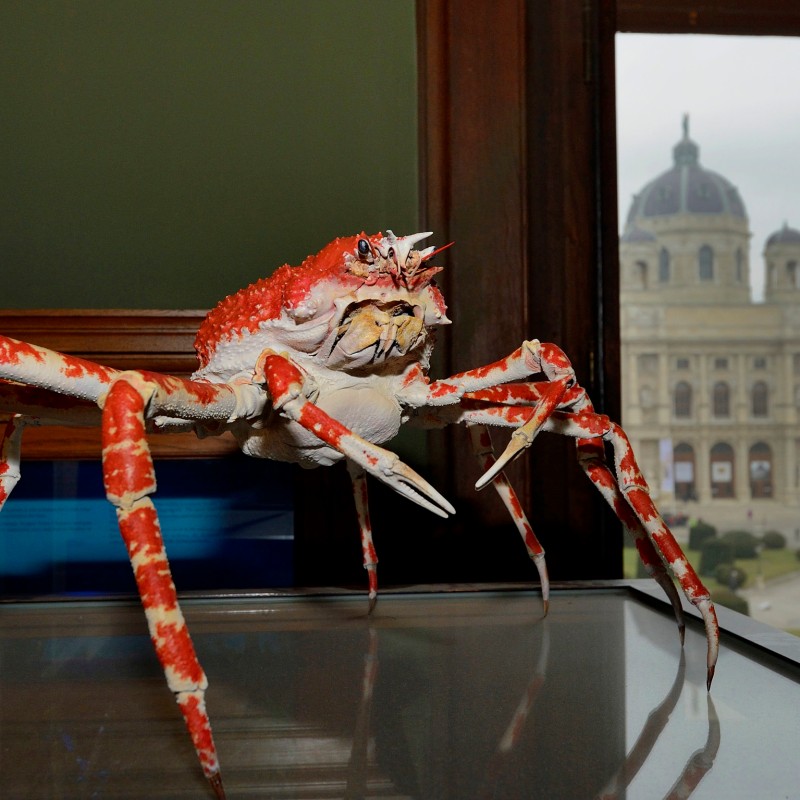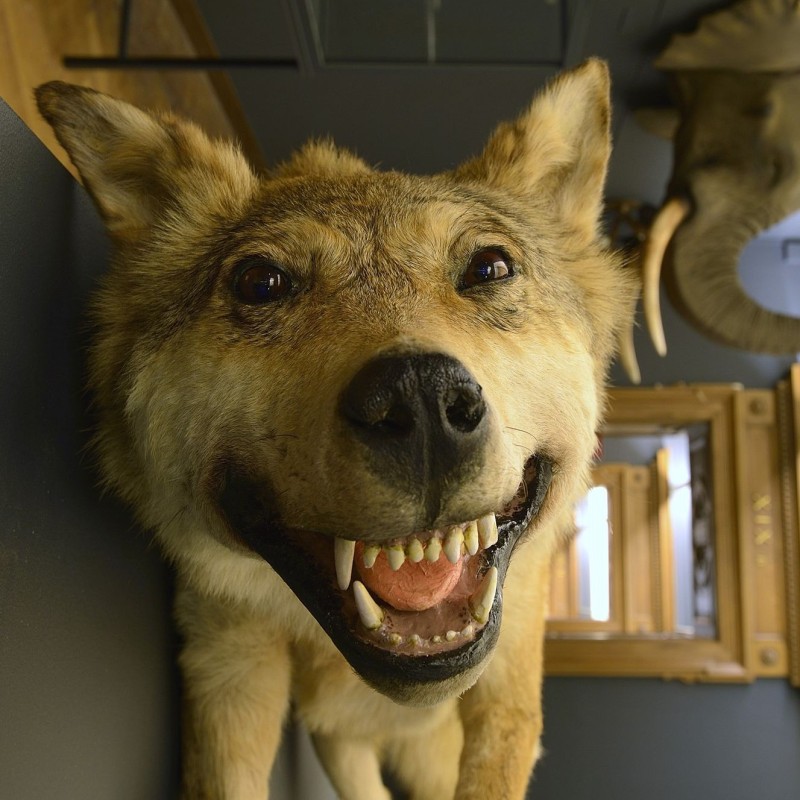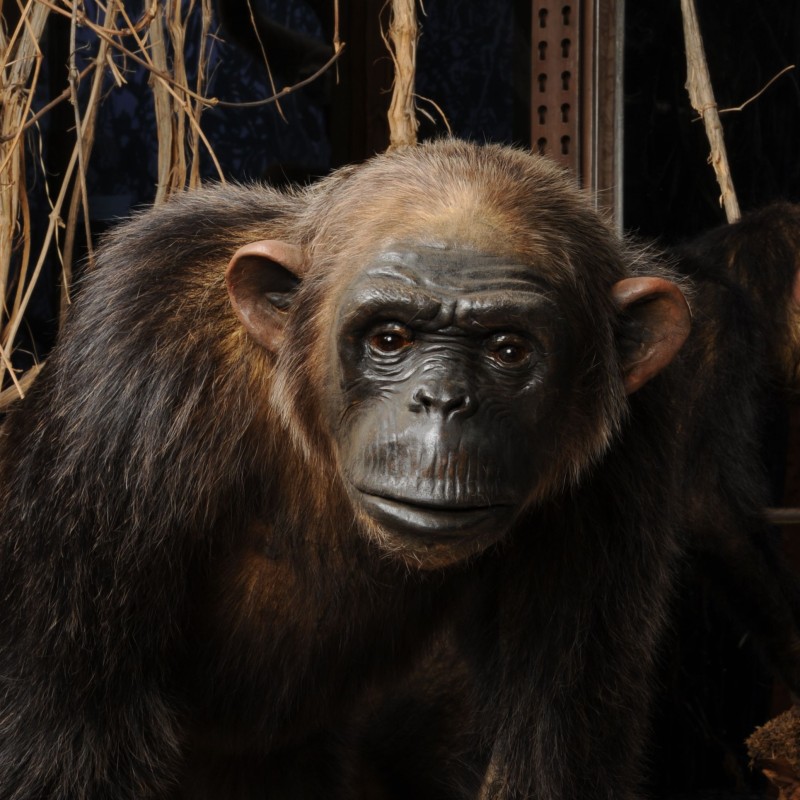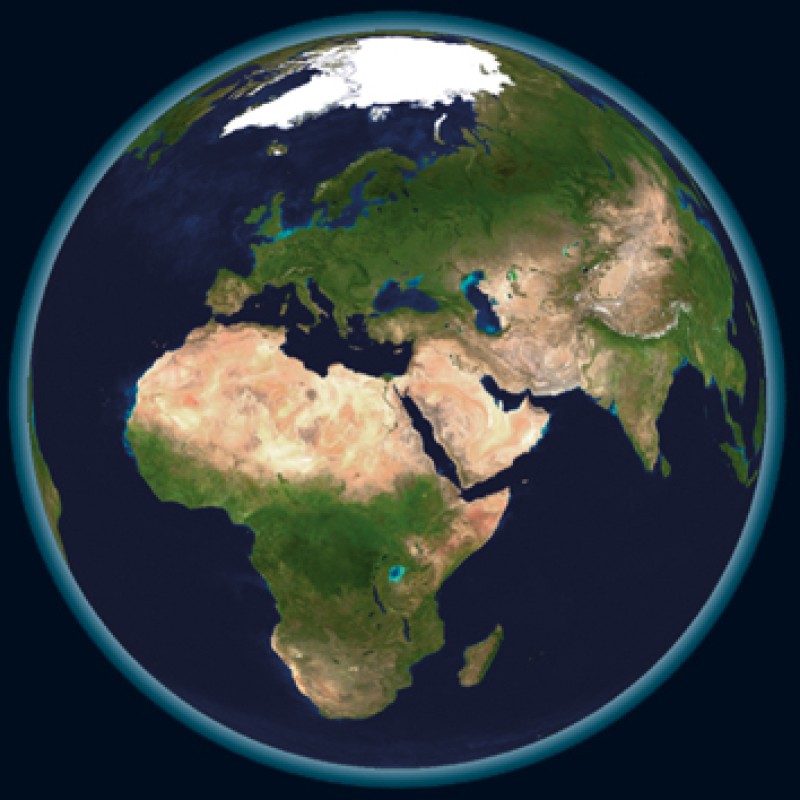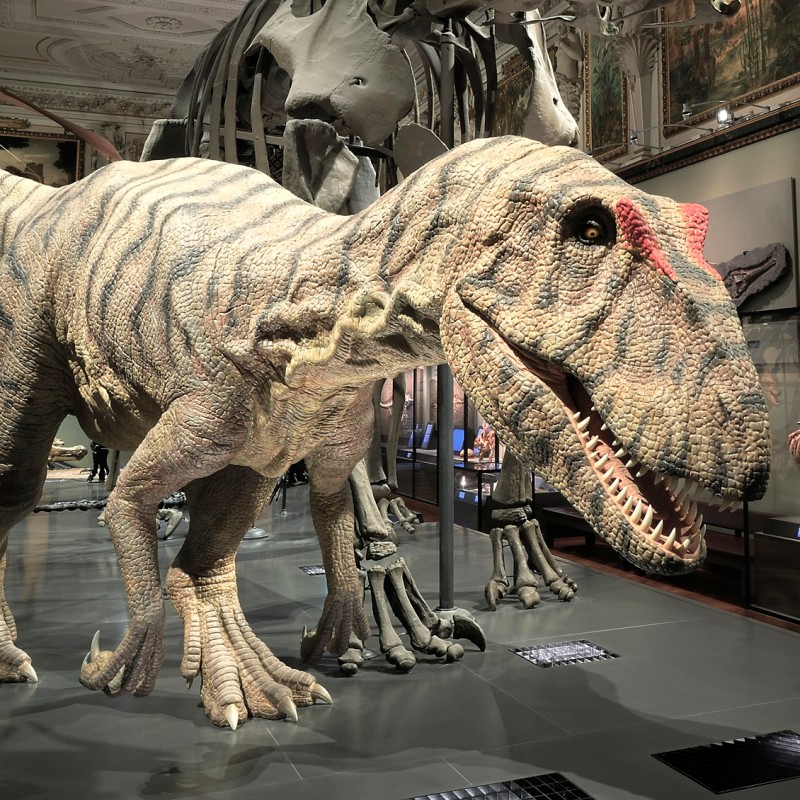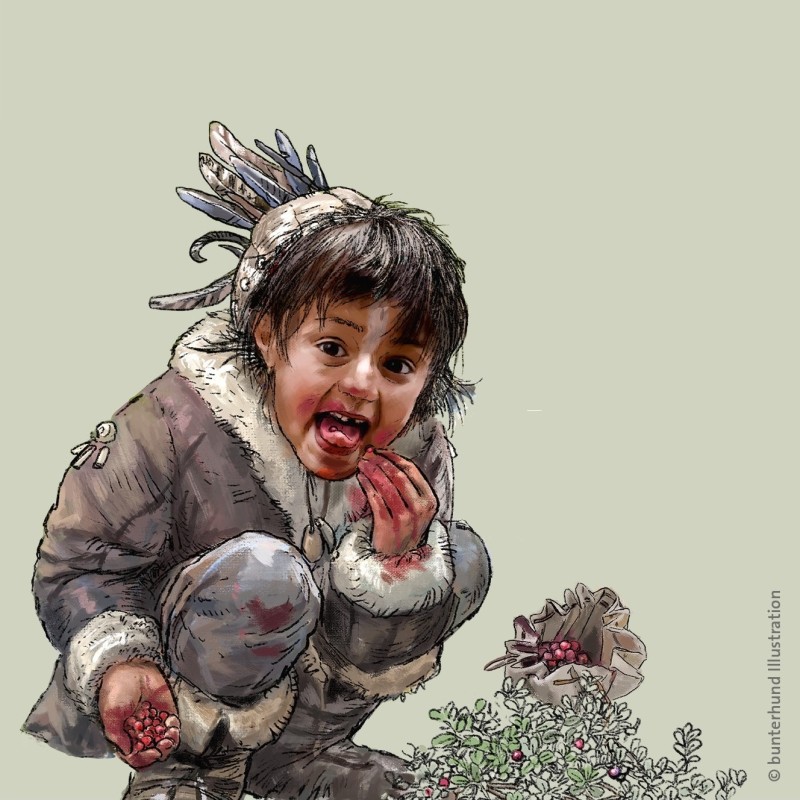Kindergardens & Preschools
All guided tours are tailored to the needs and skills of preschool children (ages 3 to 6). Children are given the opportunity to not only look at objects and exhibits but to also come up close and touch them. By engaging all the senses of the children we aim to familiarize them with basic scientific concepts. They learn about size, living strategies, adaption, and behavior of living creatures, but equally so about topics from geology, anthropology, and archeology.| Duration: | 50 minutes |
| Price: | € 5.00 per child, minimum fee € 75.00 |
| Group size: | max. 25 children (3 years and up) |
| Admission: | free of charge for children; free admission for 2 accompanying adults for every 17 children |
| Booking: | Recommended three weeks in advance +43 1 52177-335 (Mon 14 - 17; Wed to Fri 9 - 12) Registration for groups without an educational program (e.g. a guided tour) is required through the registration form. |

